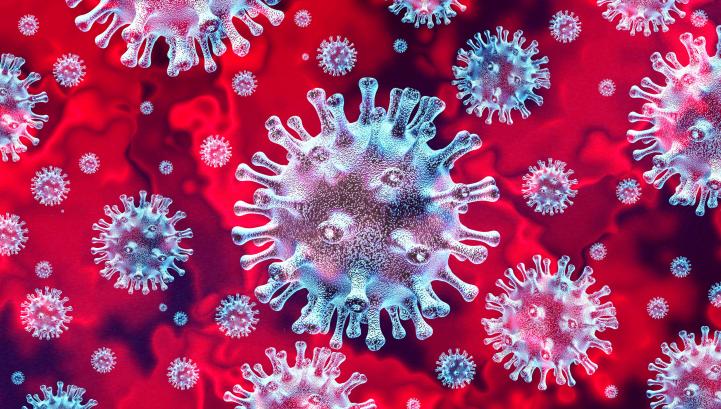
What is Coronavirus
According to the U.S. Centers for Disease Control & Prevention (CDC), coronaviruses are a large family of viruses, some of which already circulate among humans and cause mild illness, like the common cold. COVID-19 has symptoms associated with respiratory illnesses, including fever, cough and shortness of breath. It spreads like other respiratory illnesses as well, primarily through person-to-person contact.
Cleaning for Coronavirus
Handwashing: Proper handwashing is particularly important because it is such a critical step in preventing the spread of germs, yet many people are still doing it incorrectly.
- Wet hands with clean, running water before applying soap.
- Lather both hands, including the backs of your hands, between your fingers and under your nails.
- Scrub hands for at least 20 seconds before rinsing and drying.
Hand Sanitizer: The CDC notes that this can be a useful alternative if soap and water are not readily available, as long as it contains at least 60 percent alcohol.
- Use one or two squirts or pumps of the product.
- Rub hands together briskly, including the front and back, between fingers, around and under nails until hands are dry.
Disinfecting: There are a number of disinfectant and cleaning products that can be effective against the novel coronavirus on hard, nonporous surfaces, in accordance with the EPA Viral Emerging Pathogen Policy.
EPA-registered disinfectant products to use against Novel Coronavirus (COVID-19)
There is also an app for finding this information.
Cleaning and disinfecting tips to remember:
- Pre-clean any surfaces prior to disinfecting to remove any excess dirt or grime.
- After disinfecting, let the surface air dry as recommended on the product label.
- If disinfecting food contact surfaces or toys, rinse with water after they air dry.
- Pay particular attention to disinfecting things that come into frequent contact with your hands, like your phone.
- If using a disinfectant wipe, throw out after using. Do not flush any non-flushable products.
Disinfectants are meant to kill germs or viruses on hard surfaces. Under no circumstances should they ever be used on one’s skin, ingested or injected internally.
Always store products used for cleaning and disinfecting up and out of reach of children.
If you still have questions about a product's specific effectiveness, check out the product or company website, which can provide additional information.
Key TImes to Clean
- At School: Watch our on-demand webinar on cleaning and hand hygiene for schools and use our back-to-school resources.
- At Home: Wash your hands before and after food prep, before eating, after using the bathroom, after touching garbage or diapers and after handling pet food. Clean frequently touched objects, like door handles and light switches. If someone in your home is sick, follow these CDC guidelines for additional cleaning and disinfecting actions.
More Insights on Coronavirus
- Find answers to frequently asked questions from our cleaning experts with our FAQ.
Additional Resources
- U.S. Food & Drug Administration (FDA) Coronavirus Updates
- U.S. Occupational Safety and Health Administration (OSHA) Coronavirus Resource Page
- World Health Organization (WHO) Corona Disease Updates
- OSHA Guidance for Workers and Employers
- OSHA Guidance to Prepare Workplaces
- FDA Q&A for Consumers: Hand Sanitizers and COVID-19
- CDC When and How to Clean and Disinfect Your Home
Updated August 20, 2024